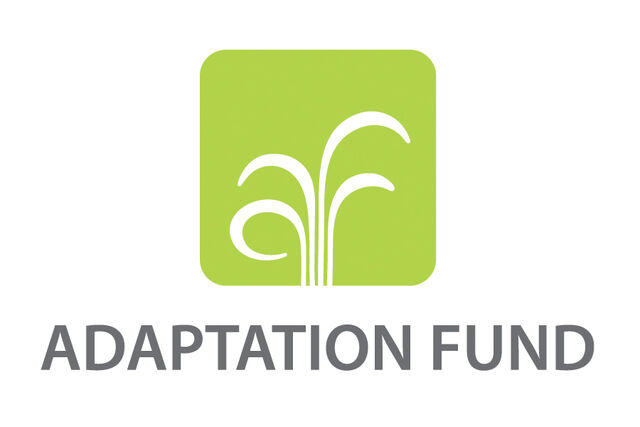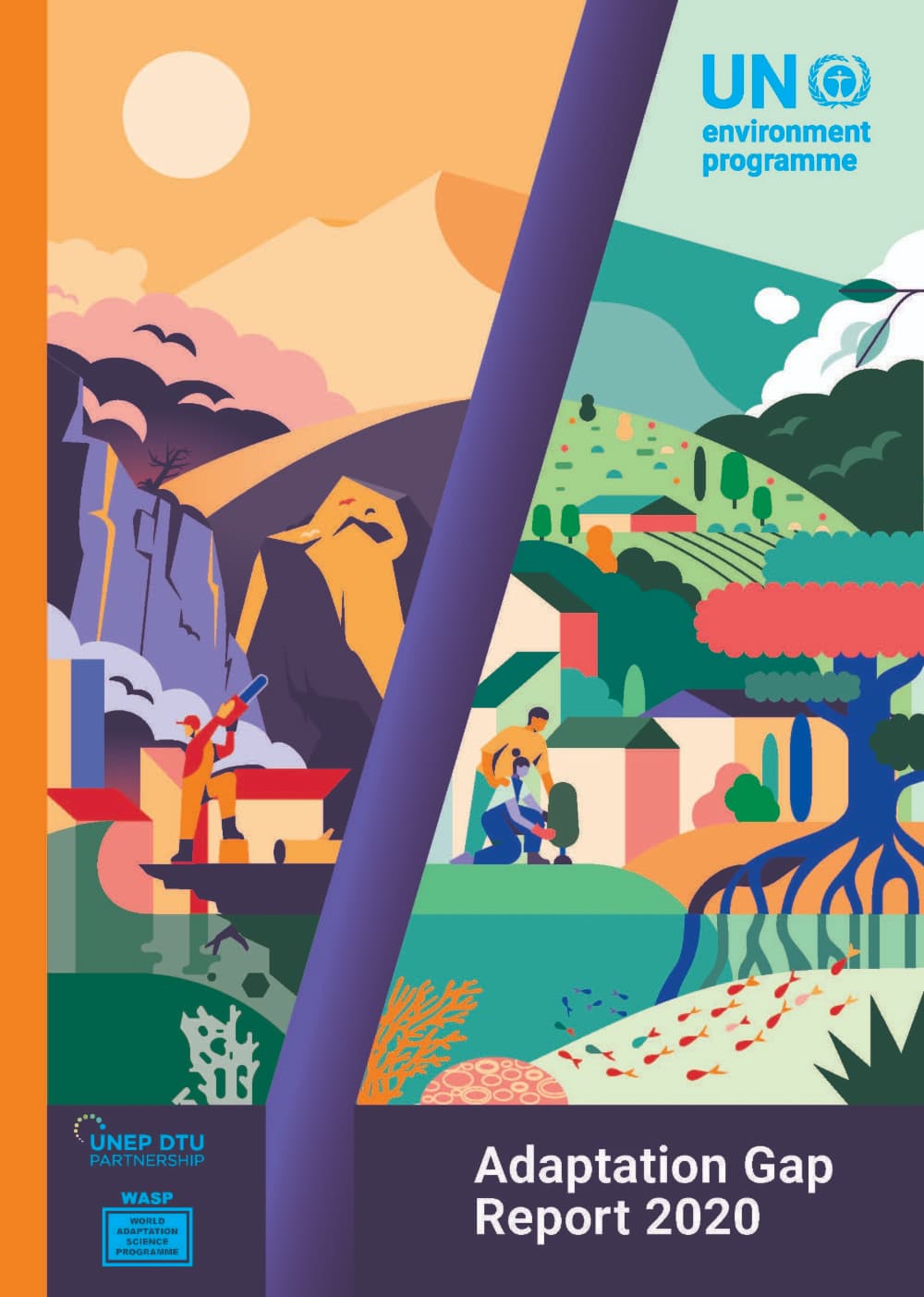The fifth edition of the UNEP Adaptation Gap Report looks at progress in planning, financing, and implementing adaptation – with a focus on nature-based solutions.
Adaptation – reducing countries’ and communities’ vulnerability to climate change by increasing their ability to absorb impacts and remain resilient – is a key pillar of the Paris Agreement. Given the current uncertainties around efforts to contain climate change, the world must plan for, finance and implement climate change adaption measures appropriate for the observed and projected climate change impacts, losses and damages. The AGR 2020 found that such action was lagging far behind where it should be. In addition, the COVID-19 pandemic is expected to hit the ability of countries to take adaptation actions, disproportionately affecting the most vulnerable countries and population groups. However, we still have the hope to build a more resilient world in the recovery stage to confront future risks including climate change.
As indicated in the AGR 2020, while nations have advanced in planning and implementation for adaptation, huge gaps remain, particularly in finance for developing countries and bringing adaptation projects to the stage where they bring real reductions in climate risks such as extra weather events and sea-level rise. Annual adaptation costs in developing countries are estimated at USD 70 billion. This figure is expected to reach USD 140-300 billion in 2030 and USD 280-500 billion in 2050. Public and private finance for adaptation must be stepped up urgently, while faster implementation is required on adaptation projects.
The AGR 2020 had a special focus on Nature-based Solutions as one of the most cost-effective approaches in the adaptation portfolio. However, there are few tangible plans and limited financing available for them. An analysis of four major climate and development funds – the Global Environment Facility, the Green Climate Fund, the Adaptation Fund and the International Climate Initiative – suggested that support for green initiatives with some element of Nature-based Solutions had risen over the last two decades. Cumulative investment for climate change projects under the four funds stood at USD 94 billion. However, only USD 12 billion was spent on Nature-based Solutions – a tiny fraction of total adaptation and conservation finance.









